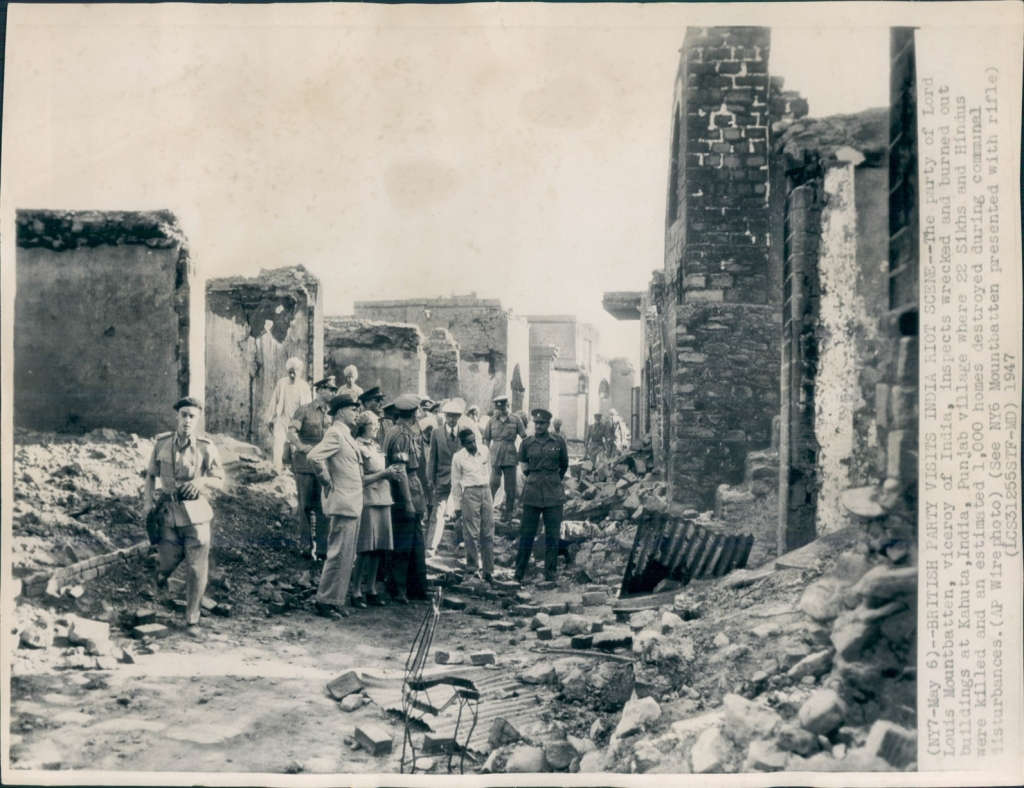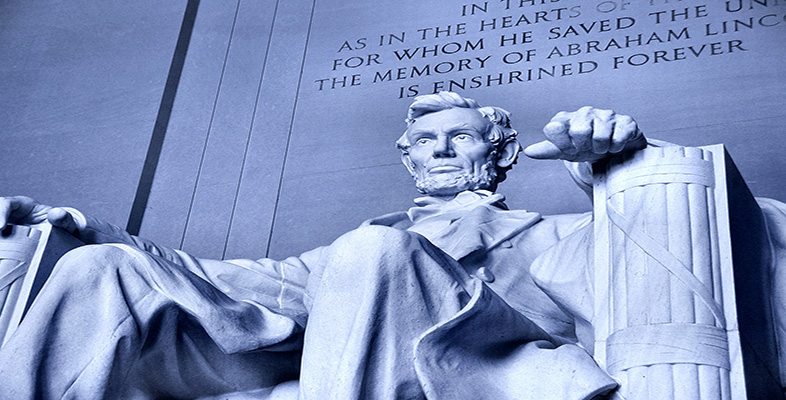Find out about The Open University's History courses and qualifications
Indian National Congress founded initially as a moderate body to press for greater opportunities for all Indians irrespective of religion. Demands include end of discriminatory practices in employment, greater public spending on education and lower taxes on the mass of poverty-stricken peasantry.
Partition of Bengal. First attempted break up of a province of India by the British colonial government. This is a response to the primarily Bengal-based rising nationalist movement that was challenging colonial rule. New Muslim-majority province of ‘East Bengal and Assam’ created alongside the existing province of Bengal.
Partition along religious lines leads to the initial development of Muslim political separatism in the following years facilitated by hopes of greater employment opportunities for middle-class Muslims and by class antagonisms between a predominantly Muslim poor peasantry and a primarily Hindu landlord class, specific to Bengal. However, nationalist campaigns, increasing in intensity and spreading for the first time to much of the rest of the country, leads to the annulment of partition and the reunification of Bengal in 1911.
All-India Muslim League founded in Bengal by ‘men of property and influence’ from north India, with the primary aim of securing adequate Muslim political representation based on separate electorates for Muslims and Hindus. Separate electorates conceded by the colonial government in 1909.
-
Congress and Muslim League, now radicalised by a new leadership drawn from the intelligentsia, join forces and make a joint demand for a significant devolution of political power to Indians after the war in exchange for supporting the Allies in the war against Germany. As the contribution of Indian soldiers to the defence of the British Empire is recognised by the British Cabinet in London, campaigns for Indian ‘home rule’ intensify and many Muslim leaders, including Jinnah, become members of both political parties.
-
Attempt at forging a permanent Hindu-Muslim nationalist political alliance, led by Gandhi who is now the dominant force within Congress. With postwar constitutional reforms offered by the British falling well short of home rule and dominion status, combined with increased repression of the nationalist movement, Gandhi launches his first campaign of ‘non-cooperation’ with British rule with the objective of attaining swaraj (home rule) within a year. It involves non-payment of taxes and boycott of the new ‘reformed’ councils and of the civil service, police and army, as well as of British goods, and reaches out for the first time to the rural peasantry.
Crucially, he secures the participation in the civil disobedience movement of significant sections of the Muslim population by supporting their religious leaders’ demand for defeated Turkey’s continuing control over the Muslim sacred places in the Middle East (the Khilafat issue). However, Jinnah views this approach as too radical, breaks with Gandhi and resigns from Congress. In 1922, Gandhi calls off the campaign, viewed by the British as an existential threat to colonial rule, following outbreaks of violence in defiance of his insistence on peaceful, non-violent agitation. He is promptly arrested and sentenced to six years’ imprisonment.
-
Suspension of non-cooperation leads to renewed competition between Hindu and Muslim political elites for seats in the new provincial councils and to a deterioration of relations at all levels most visibly expressed in increasing communal riots. Muslim leaders begin to move away from Congress as it comes under mounting pressure from Hindu-interest organisations not to make concessions to Muslim political demands.
As the prospect for further constitutional reforms emerges, Congress adopts a report calling for an end to separate electorates and for limiting Muslim representation in any future central government assembly to a quarter, rather than a guaranteed ‘weightage’ of a third as demanded by Muslim political organisations.
-
Gandhi launches further all-India Civil Disobedience campaigns, now based on the demand for purna swaraj (full independence from British rule). This time Muslim participation is very low compared to 1919-22, with the exception of the North West Frontier Province where the radical Khudai Khidmatgar (Servants of God) movement of the local Pashtuns enthusiastically endorses civil disobedience. A day of peaceful protest in Peshawar is met with considerable violence from the British military resulting in over 200, predominantly Muslim, civilian deaths.
-
Under increasing pressure, the British government passes legislation (the Government of India Act, 1935) conceding a significant measure of self-government to the provinces of India while retaining full control at the centre. In the elections that follow, held under an extended though still limited franchise and the maintenance of separate electorates for Hindus and Muslims, Congress secures a comfortable victory and forms ministries in six out of eleven provinces (1937-39). The Muslim League fares badly, securing less than 5% of the total Muslim votes cast and is unable to hold power in any of the Muslim-majority provinces.
-
Congress resigns its ministries in protest against the British unilateral declaration of war on Germany on behalf of India and the lack of progress on its demand for a transfer of power to a representative government at the centre. It moves to an anti-war stance and launches a mass ‘Quit India’ campaign which is met with severe repression and the arrest and imprisonment of Congress leaders. In contrast, Jinnah and the Muslim League agree to cooperate with the British government and support India’s participation in the war.
At its Lahore session in 1940, the Muslim League puts forward the view that Muslims and Hindus make up two distinct ‘nations of India’ (the ‘two-nation theory’) giving Muslims an entitlement to political parity, i.e. much more than separate, minority representation. On the strength of the League’s enhanced status in British eyes, Jinnah conducts a skilful campaign to persuade Indian Muslims to accept his leadership so as to compel both the British and Congress to concede the idea of ‘Pakistan’ – which still remains at this stage quite vague.
-
The defeat of the die-hard Churchill and election of a Labour government in 1945 signals a change in colonial policy and the promise of an early achievement of ‘full self-government’ for India. There follows a bitterly fought general election in India, still on a very restricted franchise, and reveals the polarisation of (middle class) public opinion.
Congress again wins the vast majority of non-Muslim seats, but the Muslim League achieves a spectacular result, reversing its poor showing of a decade earlier and winning the bulk of Muslim seats at both central and provincial levels. Jinnah believes he has been given a mandate for the realisation of ‘Pakistan’. A new interim government, consisting of leaders of both parties, is set up with the aim of preparing for full independence, but is unable to operate harmoniously amid escalating communal riots and atrocities in northern and eastern India.
The Labour government despatches a three-man Cabinet Mission with the objectives of securing Indian agreement to a representative government to whom power would be transferred and of arresting the apparent slide towards civil war. The Mission proposes the maintenance of a united, centrally-governed India but with a large measure of provincial autonomy and the right of Muslim-majority provinces to act in concert to defend their interests, if required. The plan is rejected, for different reasons, by Congress and the Muslim League.
Partition is now seen as the only solution by both parties. At the same time, the British decide to bring forward their departure from India by a year. In June 1947, Viceroy Mountbatten broadcasts a rushed and incoherent partition plan to Indians, announcing that British withdrawal and the division of the country was to take place in just two months. The social ruptures and atrocities that accompany the unfolding of this time-compressed partition plan, particularly along the partitioned borderlands of Punjab and Bengal, ensure that the new nation-states of India and Pakistan are born with profound mutual distrust and enmity.



Rate and Review
Rate this article
Review this article
Log into OpenLearn to leave reviews and join in the conversation.
Article reviews